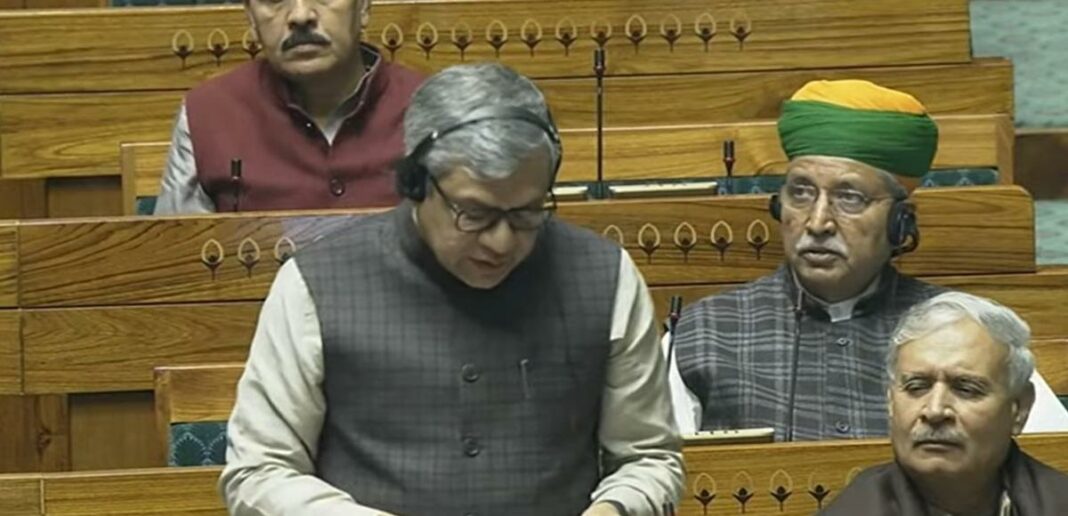Omnibus Telecom Bill Introduced in LS to Replace 138-year Old Law
In a significant move, the Indian government has introduced the Omnibus Telecom Bill in the Lok Sabha to replace the outdated Indian Telegraph Act, 1885. The new bill aims to modernize and streamline the telecom sector by introducing provisions for interception, right of way, and spectrum harmonization.
Key Features of the Omnibus Telecom Bill
The Omnibus Telecom Bill is set to bring several changes to the telecom industry in India. Some of the key features of the bill include:
Interception
The bill allows for legal interception of telecommunications services for national security purposes. This will enable law enforcement agencies to monitor and intercept communication channels to prevent criminal activities and safeguard national security.
Right of Way
Under the new bill, the government has introduced provisions to streamline the process of granting right of way for installation of telecom infrastructure. This will help in easing the regulatory hurdles and accelerating the deployment of telecom networks across the country.
Spectrum Harmonization
The Omnibus Telecom Bill also aims to address the issue of spectrum harmonization by introducing measures to ensure efficient use of the limited spectrum resources. This will help in reducing interference and improving the quality of telecom services for the consumers.
Benefits of the Omnibus Telecom Bill
The introduction of the Omnibus Telecom Bill is expected to bring several benefits to the telecom industry in India. Some of the key advantages include:
Modernization of Telecom Laws
By replacing the outdated Indian Telegraph Act, 1885, the new bill will help in modernizing and aligning the telecom laws with the current technological landscape. This will create a conducive environment for innovation and growth in the sector.
Enhanced National Security
The provisions for interception in the bill will enable law enforcement agencies to effectively combat criminal activities and counter threats to national security. This will help in safeguarding the interests of the country and its citizens.
Improved Telecom Infrastructure
By streamlining the process of granting right of way, the bill will facilitate the faster deployment of telecom infrastructure, including fiber optic cables, mobile towers, and other critical components. This will enhance connectivity and improve the quality of telecom services for the consumers.
Conclusion
The introduction of the Omnibus Telecom Bill in the Lok Sabha is a significant step towards modernizing and strengthening the telecom sector in India. The bill aims to address key challenges and concerns in the industry by introducing provisions for interception, right of way, and spectrum harmonization. With the adoption of this bill, the government is expected to create a more transparent and conducive regulatory environment for the telecom operators, leading to enhanced efficiency, innovation, and growth in the sector.
FAQs
What is the Omnibus Telecom Bill?
The Omnibus Telecom Bill is a proposed legislation introduced in the Lok Sabha to replace the outdated Indian Telegraph Act, 1885. The bill aims to modernize and streamline the telecom sector by introducing provisions for interception, right of way, and spectrum harmonization.
What are the key features of the Omnibus Telecom Bill?
The key features of the bill include provisions for interception of telecommunications services for national security purposes, streamlined process for granting right of way for telecom infrastructure, and measures for spectrum harmonization to ensure efficient use of limited resources.
What are the benefits of the Omnibus Telecom Bill?
The bill is expected to bring benefits such as modernization of telecom laws, enhanced national security through interception provisions, and improved telecom infrastructure by easing regulatory hurdles for deployment of critical infrastructure.




